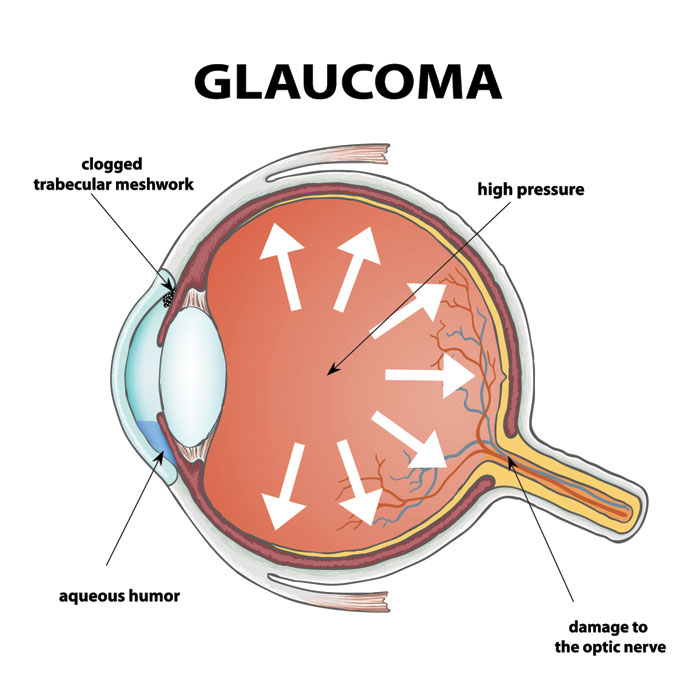How to Catch and Treat Glaucoma Early
Introduction
Glaucoma is one of the leading causes of blindness worldwide and is often called the “silent thief of sight” because it shows little to no symptoms in the early stages. Many people are unaware they have the condition until significant vision loss occurs. The good news? Early detection and proper treatment can help protect your eyesight.
This guide explains how to recognize risk factors, undergo timely screening, and take proactive steps for effective management.
Types of Glaucoma You Should Know
Glaucoma isn’t a single disease but a group of eye conditions that damage the optic nerve. The most common types include:
-
Open-Angle Glaucoma: Progresses slowly and is often symptom-free until advanced stages.
-
Angle-Closure Glaucoma: Less common but more severe, often causing sudden eye pain, headaches, and nausea.
-
Secondary Glaucoma: Develops due to other eye problems, injuries, or systemic conditions such as diabetes.
Early Warning Signs of Glaucoma
Glaucoma rarely presents noticeable symptoms at first, which makes routine eye exams essential. Possible signs to watch for include:
-
Blurred vision or halos around lights
-
Sudden severe eye pain or headache
-
Nausea and vomiting with eye discomfort
-
Gradual loss of peripheral vision (tunnel vision)
If you experience sudden pain or vision changes, seek immediate medical attention.
How to Detect Glaucoma Early
Schedule Regular Eye Exams
Routine eye check-ups are the most effective way to detect glaucoma before it causes irreversible damage. Recommended screening frequency:
-
Baseline exam by age 40
-
Every 2–4 years for ages 40–54
-
Every 1–3 years for ages 55–64
-
Annually for those 65 and older or at high risk
Tests for Glaucoma Detection
A comprehensive glaucoma exam often includes:
-
Tonometry: Measures intraocular pressure (IOP)
-
Gonioscopy: Examines the drainage angle of the eye
-
Ophthalmoscopy and imaging: Checks for optic nerve damage
-
Visual field testing: Detects blind spots or peripheral vision loss
Who Is at Risk for Glaucoma?
You may have a higher risk if you:
-
Are over age 40
-
Have a family history of glaucoma
-
Are of African, Asian, or Hispanic descent
-
Have diabetes, high blood pressure, or severe nearsightedness
Prevention Tips
-
Maintain healthy blood pressure and blood sugar levels
-
Exercise regularly without straining
-
Avoid smoking
-
Schedule routine eye exams—even if you have no symptoms
Treatment Options for Glaucoma
Medical Management
Glaucoma cannot be reversed, but it can be controlled. Common treatments include:
-
Prescription Eye Drops: Reduce fluid production or improve drainage
-
Laser Procedures: Help improve fluid outflow (e.g., trabeculoplasty, iridotomy)
-
Surgical Treatments: Trabeculectomy or drainage implants for advanced cases
Lifestyle Changes for Better Eye Health
-
Take medications consistently
-
Follow a nutrient-rich diet with antioxidants
-
Engage in safe, moderate physical activity
-
Limit caffeine and avoid smoking
Long-Term Glaucoma Care
Even after successful pressure control or surgery, glaucoma requires lifelong monitoring. Regular follow-ups and visual field testing are critical to preventing progression. Staying committed to your treatment plan ensures the best outcome for preserving vision.
Conclusion
Glaucoma is a serious condition, but with early detection and proper care, vision loss can be minimized or prevented. Understanding your risk factors, scheduling regular eye exams, and adhering to treatment are essential steps to safeguard your eyesight. Take action today—your vision depends on it.




